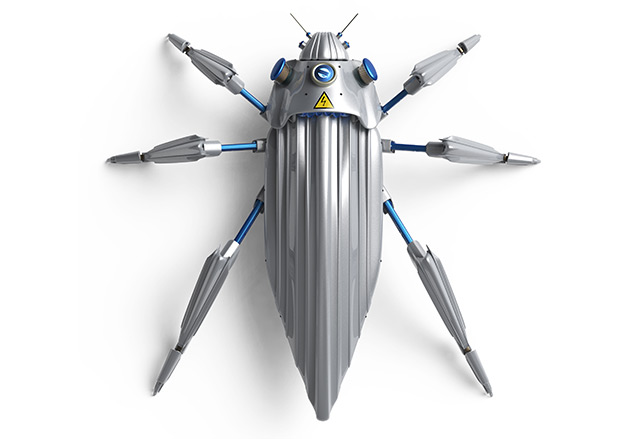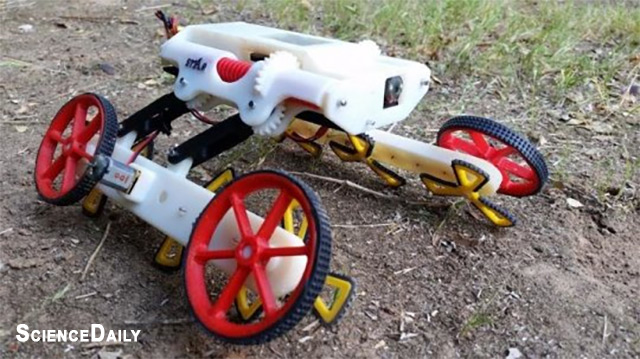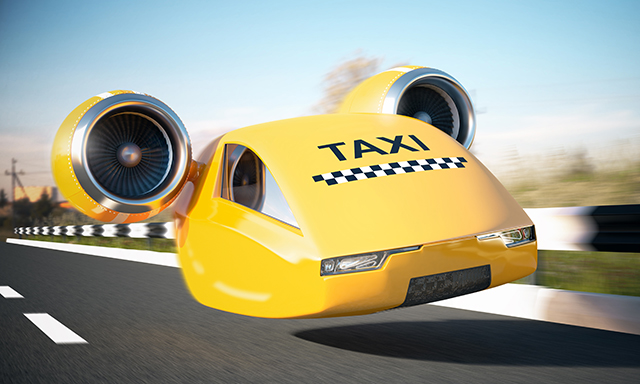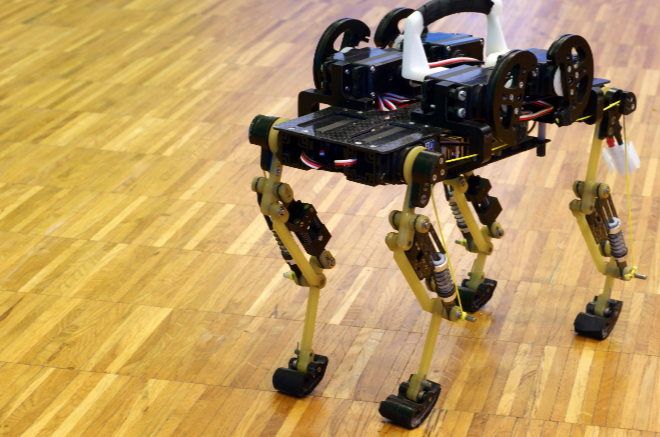Rising minimum wage translates to fewer low-level jobs and more robots in the fast food industry
01/23/2018 / By David Williams

Sometimes the best solution to a problem ends up being the one you’re trying to avoid the most. A classic example of this is now becoming an issue in the fast food industry, where fast food companies may soon be made to choose between keeping their army of paid employees or replacing them entirely with fully-automated cashier machines.
Over the past few years, a number of states in the U.S. have moved to raise the minimum wage to $15 an hour. While this has many economic and social implications, the biggest ones of all may pertain to exactly how fast food companies operate. To at least one high-ranking industry exec, the move to get rid of human cashiers in favor of robots to handle orders could be their best one in years.
According to Leonard Comma, CEO of fast food restaurant Jack in the Box, they will soon have pretty much no option in the matter of whether or not they should replace employees with machines. “As we see the rising costs of labor, it just makes sense,” Common explained at the recently concluded ICR Conference in Orlando, Florida.
It is said that Jack in the Box has already tested automated tech in the forms of kiosks in the past, and found that they resulted in higher average checks and ultimately helped with efficiency. However, due to the costs involved in the installation of maintenance of the new systems, at the time, they deemed that it wasn’t worth it. Once minimum wage hits the new government-mandated level, however, they may finally reconsider.
As of today, Jack in the Box is not the only fast food chain that has started looking into using automation in order to reduce its labor costs and essentially “keep up with the times.” It joins the likes of Wendy’s – which now has plans of installing self-order kiosks within a year – and McDonald’s, which is scheduled to add kiosks to around 2,500 stores soon. For now, McDonald’s is keeping its cashiers employed while they add kiosks to their locations.
Reduced labor costs aren’t the only benefit of replacing cashiers with automated robots. If fast food companies don’t need to hire any such employees anymore, then the whole hiring process will become completely obsolete. There won’t be a need to conduct lengthy interviews, do background checks, take medical exams, and manufacture uniforms or work equipment. It will take huge expenses off the budget of these fast food restaurants, which could then be used to further enhance other areas of the business.
From the perspective of the workers, meanwhile, if the industry fully adopts automation, it could result in job losses to more than just the cashiers. Bus boys could lose their jobs as well, and even kitchen staff could be let go. It’s all a matter of applying the right tools for the job, so to speak. And if fast food chains get the option to use robots out front as well as in the back, if it can lead to them saving money, then you can bet that they would definitely look into it.
There are some who might argue that the minimum wage price is still far too low to warrant serious consideration of the use of automation on the front lines of fast food restaurants. But beyond all the speculation, the stark reality is that many companies are already testing the capabilities of the technology that’s available today. And the human workers, whose jobs will ultimately be taken from them, may be displaced far sooner than you can imagine.
Read more on the latest happenings in the fast food industry through FastFood.news.
Sources include:
Tagged Under: automation, cashier robots, entry level employees, entry level jobs, fast food, food industry, food supply, fully-automated cashier machines, jack in the box, jobs, McDonald's, minimum wage, self-order kiosks, Wendys


















